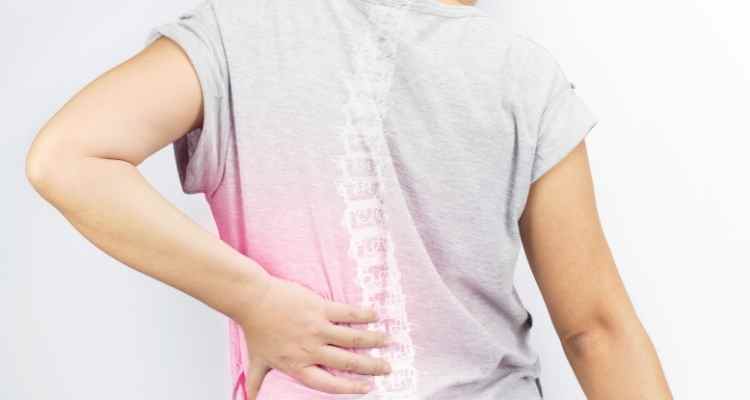Osteoporosis makes the bones brittle and weak, such that a fall or stress like bending or coughing can cause fractures. Osteoporosis commonly occurs in the spine, wrist, and hip. Boca Raton osteoporosis specialists give compassionate treatment to women who are at a higher risk of having issues related to weakening bones as they age. They prescribe you medications and recommend healthy diets and regular exercises to prevent bone loss and also strengthen weak bones.
What is osteoporosis?
Osteoporosis is a health condition associated with decreased bone density, decreasing its strength, leading to fragile bones. Osteoporosis leads to abnormal porous bones that are compressible, like a sponge. This weakens the bone and leads to frequent fractures in the bone. Normal bones are composed of collagen, protein, and calcium, which give strength to the bones. Bones affected by osteoporosis can fracture with minor injuries that would cause a bone to break.
The fracture might be in the form of cracking or collapsing. The hips, wrists, spine, and ribs are common parts of bone fractures from osteoporosis, although fractures related to osteoporosis might occur in any skeletal bones.
Signs and symptoms of osteoporosis
Osteoporosis might be present without symptoms for decades because it doesn’t cause symptoms until bone fractures. Some osteoporosis breaks can escape detection for years when they are not causing symptoms. Patients might not be aware of osteoporosis until they experience a painful fracture. The main symptom linked with osteoporosis fractures is pain.
Fractures of the vertebra might cause severe pain that begins from the back to other sides of the body. Repeated spinal fractures might cause chronic lower back pain and loss of height or curving of the backbone due to a collapsed vertabrae. The collapse gives a person a hunched-back often seen in older women. Hip fractures happen because of a fall. The hip fracture might occur as a result of trivial fall-and-slip accidents. Hip fractures can heal poorly or slowly after surgical repair due to poor healing of the bone.
Consequences of osteoporosis
Osteoporosis bone fractures are responsible for pain and decreased quality of life, disability, and lost workdays. Many patients experiencing hip fractures might require long-term nursing home care. Old patients can develop blood clots and pneumonia in the leg veins, traveling to the lungs because of prolonged bed rest after a hip fracture.
Osteoporosis has been linked with an increased risk of death. Some women have a hip fracture and die in the consequent year as an indirect result of a fracture. Also, when a person experiences a spine fracture because of osteoporosis, he is at a high risk of suffering another fracture in the future. An average of 20% of postmenopausal women who experience a spine fracture can suffer a new spine fracture of a bone in the subsequent year.
Osteoporosis is a condition with serious effects. It might lead to fractures that can be painful, take a long time to heal, or lead to other complications. For example, a hip fracture treatment may include staying in bed for long periods, which increases the risk of pneumonia, blood clots, and other infections. You can do a lot to treat and prevent osteoporosis, from exercising, eating right, and taking proper medication. If you have been diagnosed with osteoporosis, talk to your doctor, he can give you a treatment plan or prevention that can help you improve bone health and reduce risks of complications.

